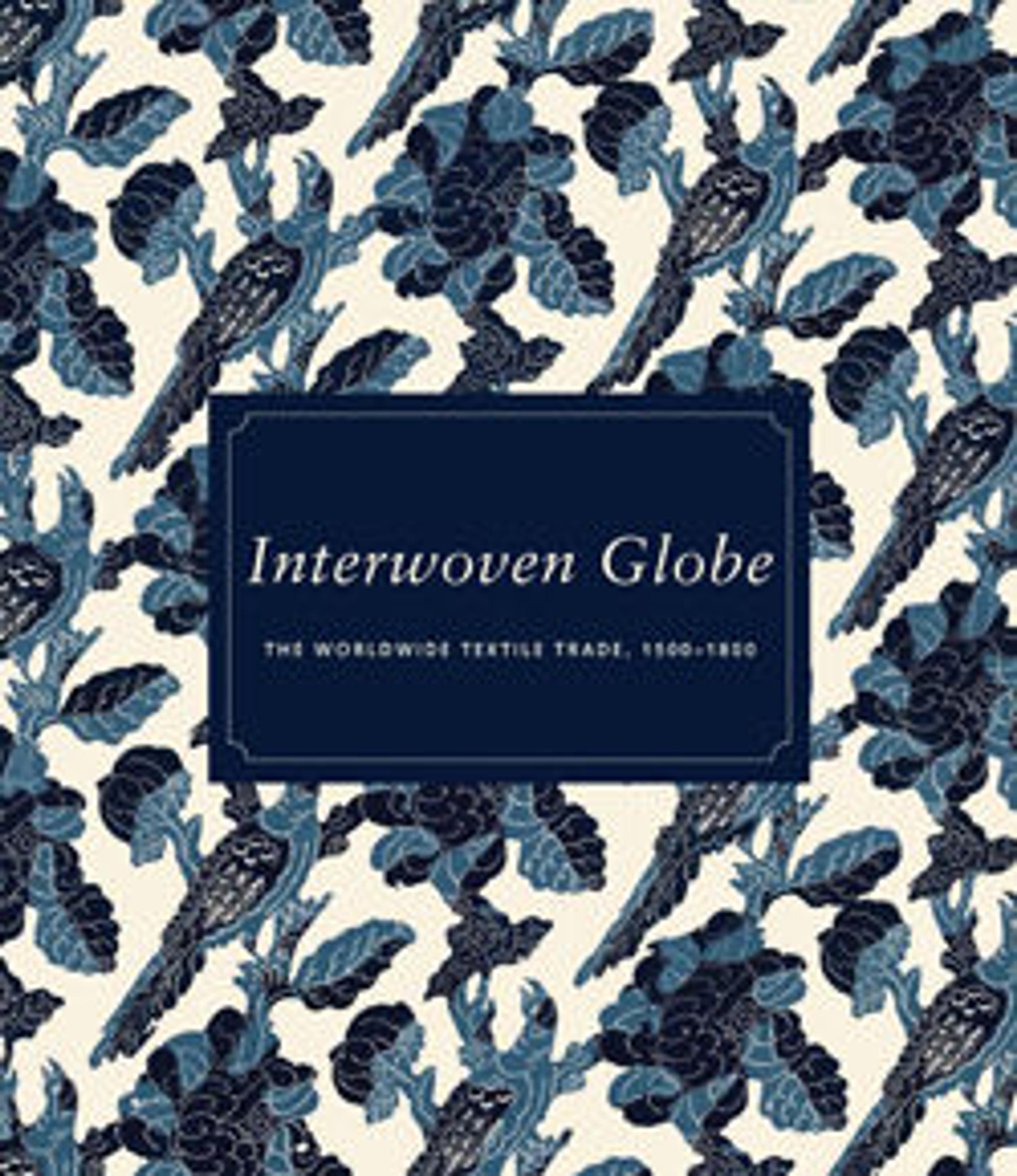Surcoat (Jinbaori)
Samurai jinbaori were frequently made from expensive and flamboyant imported textiles like this Chinese silk velvet, which has a reddish pile pattern on a once vivid yellow background. The European-style “pomegranate” design features bilateral symmetry (mirror-imaged along a vertical axis) and a single direction of orientation. Patterns of this type—rare in Japan—frequently appear in European textiles of the sixteenth to seventeenth century. An exquisite Chinese silk damask lines the jinbaori, but its pattern is asymmetrical and features multiple orientations—traits more common in East Asian textiles. Both fabrics demonstrate the versatility of Chinese textile makers and the Japanese elite’s enthusiasm for such imports.
cat. no. 31
cat. no. 31
Artwork Details
- Title: Surcoat (Jinbaori)
- Period: Edo period (1615–1868)
- Date: 17th century
- Culture: Japan
- Medium: Body: China, for the European market, late 16th–17th century; silk velvet, cut and voidedLining: China, late 16th–17th century; silk damaskLapels: Japan, probably 18th century; lampas, silk and gilt-paper strips
- Dimensions: 36 5/8 x 27 1/8 in. (93.0 x 68.9 cm)
- Classification: Costumes
- Credit Line: Friends of Asian Art, Purchase, Mr. and Mrs. Andrew Saul Gift, 1998
- Object Number: 1998.190
- Curatorial Department: Asian Art
More Artwork
Research Resources
The Met provides unparalleled resources for research and welcomes an international community of students and scholars. The Met's Open Access API is where creators and researchers can connect to the The Met collection. Open Access data and public domain images are available for unrestricted commercial and noncommercial use without permission or fee.
To request images under copyright and other restrictions, please use this Image Request form.
Feedback
We continue to research and examine historical and cultural context for objects in The Met collection. If you have comments or questions about this object record, please complete and submit this form. The Museum looks forward to receiving your comments.
